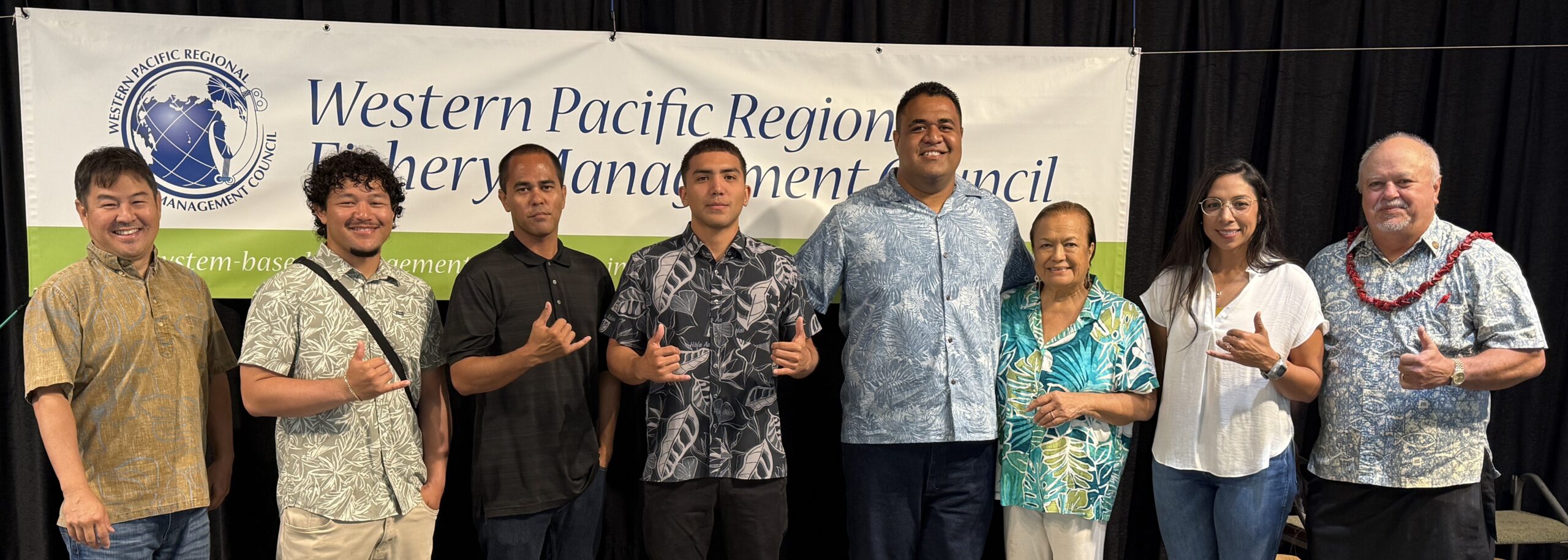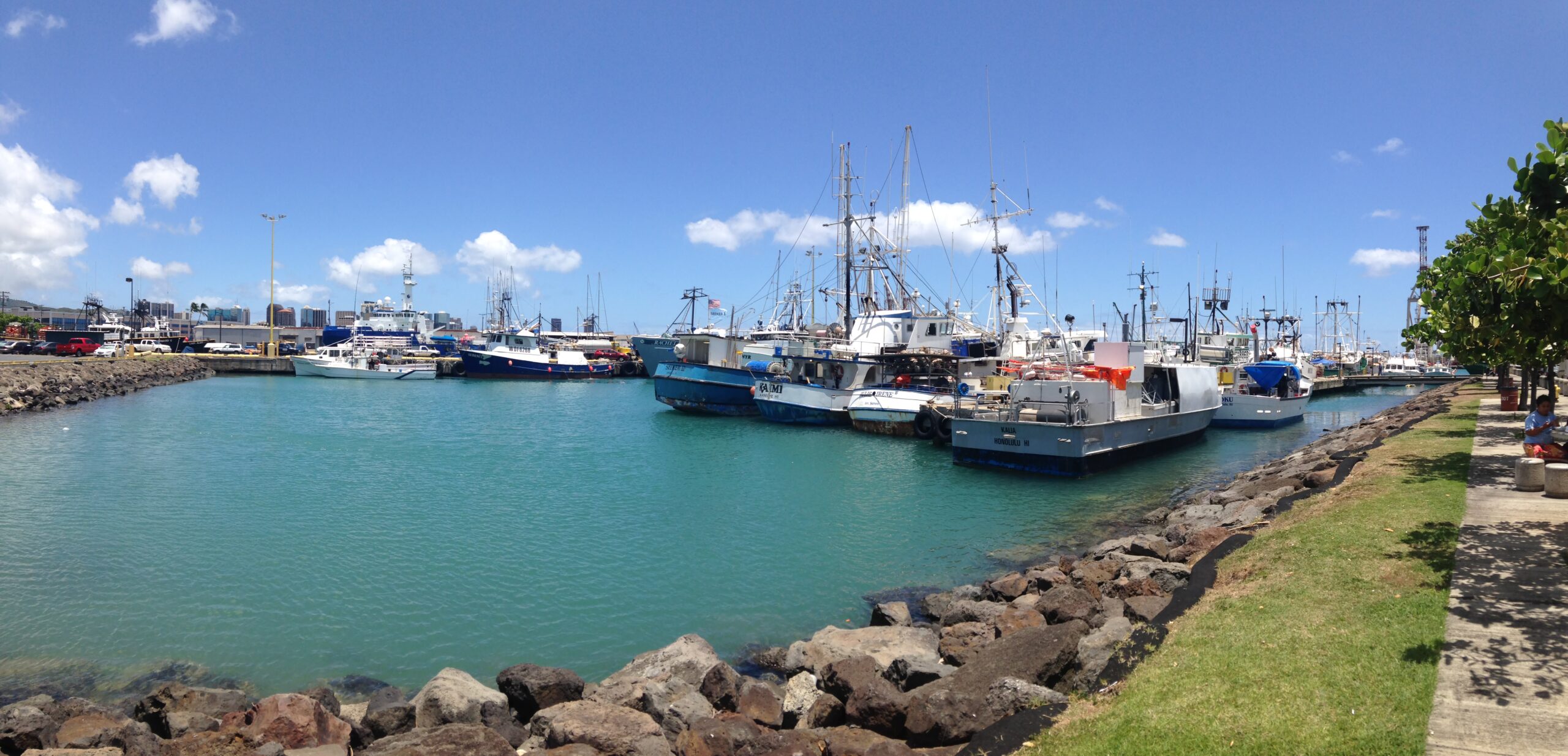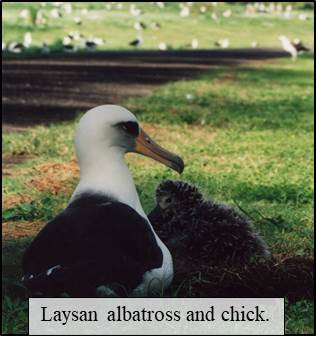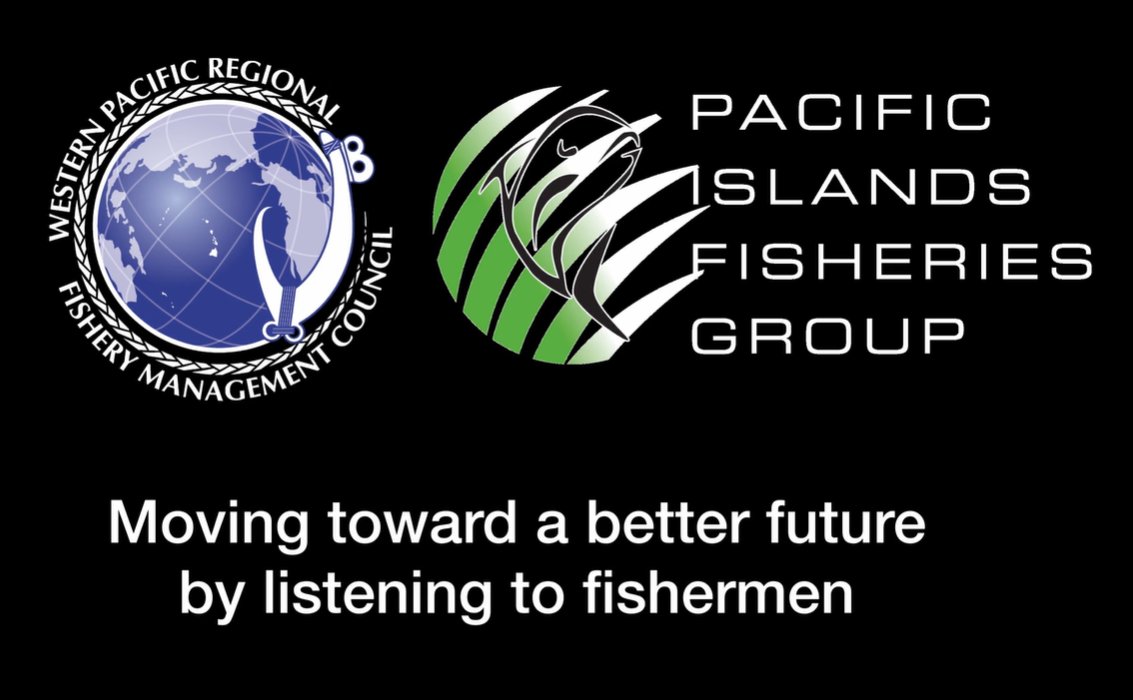Inflation Reduction Act (IRA) Projects
Community Engagement and Capacity Building
The goal of the Community Engagement Project is to leverage the Council’s consultation processes to listen, learn, and understand the challenges communities face as they adapt to changing ecosystems and climate. Building on these efforts, the project will empower communities by providing the knowledge, tools, and resources needed to participate in their fisheries and engage in the federal management process.
Four rounds of meetings in Hawaii, American Samoa, Guam and the CNMI are planned for 2025-2026, facilitated by the Pacific Islands Fisheries Group. The first round of community engagement meetings was held between February and June 2025. The community has shared challenges including fish declines in nearshore waters, increased shark depredation, restricted access from marine protected areas, fishing seasons out of sync with traditional knowledge, military expansion, and broader ecosystem changes.
STATUS: The first round of meeting was completed in June 2025, with the second round continuing through early December 2025. Visit our Calendar for the latest information on meeting dates, times and locations.
-
- Council community consultation effort overview (2-min video)
- Hawaii Matters radio show segment – Joshua DeMello, WPRFMC, and Alex Min, PIFG
- Hawaii PPT for Oct – Nov 2025 Meetings
- American Samoa radio show segment – Chairman Will Sword and Felix Penalosa, WPRFMC
- PIFG Community Consultation Report Feb 28 – June 30, 2025
Pacific Islands Commercial Vocational Training Program

The purpose of this program is to address the growing need for qualified individuals in commercial fishing. It provides foundational knowledge of the Pacific Islands fishing industry and prepares participants to earn a self-sustaining income as commercial fishermen.
Principle components of the program were:
- Boat safety, seamanship and navigation
- Fishing gear/boat operation and maintenance
- Business, marketing and seafood systems
- Fisheries management, conservation and practice
STATUS: The pilot training program concluded on September 17, 2025, with participants receiving their certificates of completion during the 204th Council meeting held at the Ala Moana Hotel in Honolulu, Hawai‘i. Contractors are continuing to work with program graduates through fall 2025 to conduct on-water evaluations in their respective island areas. At-sea evaluations were completed in Saipan and Guam in early October, and in American Samoa in November. Evaluations for Hawai‘i are scheduled in November and December.
Scenario Planning
The goal of the Scenario Planning Project is to identify and develop adaptive fishery management strategies that support resilient and productive fisheries in the region. Two scenario planning efforts will be conducted — one for the Hawaii and American Samoa longline fisheries, and another for small-boat fisheries across the region. Project themes that affect future scenarios include: 1) changes to the natural environment, including distribution of fishery resources; 2) changes in political and governance affecting fishery management; 3) markets; 4) availability and development of fishery sector labor; 5) infrastructure changes; and 6) supplies to sustain the fisheries.

STATUS: Initial meetings were held in November 2025 with the American Samoa and Hawaii longline fleets and industry representatives.
Regulatory Review
The Regulatory Review Project aims to develop a coordinated regulatory approach to fisheries across state/territorial and federal jurisdictions under the Council’s Fishery Ecosystem Plans (FEPs) that is responsive to changing environments and supports underserved communities. The project will conduct a comprehensive analysis of existing regulations and management systems (including reporting and monitoring) to assess how adaptable the framework is to ecosystem changes such as stock shifts, rising water temperatures, new species introductions and increases in top predators.
Community input from fishermen, agencies, ocean users and other stakeholders will help evaluate how regulations align with the realities of fisheries operations and where adjustments may be needed. Outcomes will identify management gaps, inefficiencies and regulatory conflicts that could hinder adaptation to evolving conditions.
By systematically evaluating and enhancing the regulatory framework, the project seeks to streamline rules, improve efficiency and strengthen FEP flexibility to anticipate and address climate-related changes. Findings will inform revisions to fishery regulations, FEPs and Annual SAFE reports.
STATUS: FEP reviews began in July 2025 and initial draft finding expected to become available in November 2025. Once the desk top reviews are completed, public meetings will be scheduled to share draft findings and gather community input on regulatory needs, gaps, latency and redundancy.
Protected Species
Under the Protected Species Project, the Council will convene two workshops to improve understanding of how climate and ecosystem drivers may impact protected species interaction rates in our region’s fisheries, explore potential scenarios in which changing environments impact protected species interactions in fisheries and identify potential strategies and frameworks for addressing those impacts. The project will primarily focus on the Hawaii and American Samoa longline fisheries, where key elements of management under the Council’s Pelagic FEP involve monitoring and reducing impacts to a broad range of protected species, including sea turtles, seabirds, marine mammals, sharks, and rays.
STATUS: The first workshop was rescheduled from the end of October 2025 to early February 2026 due to the government shutdown. The second workshop will be convened later in 2026.


